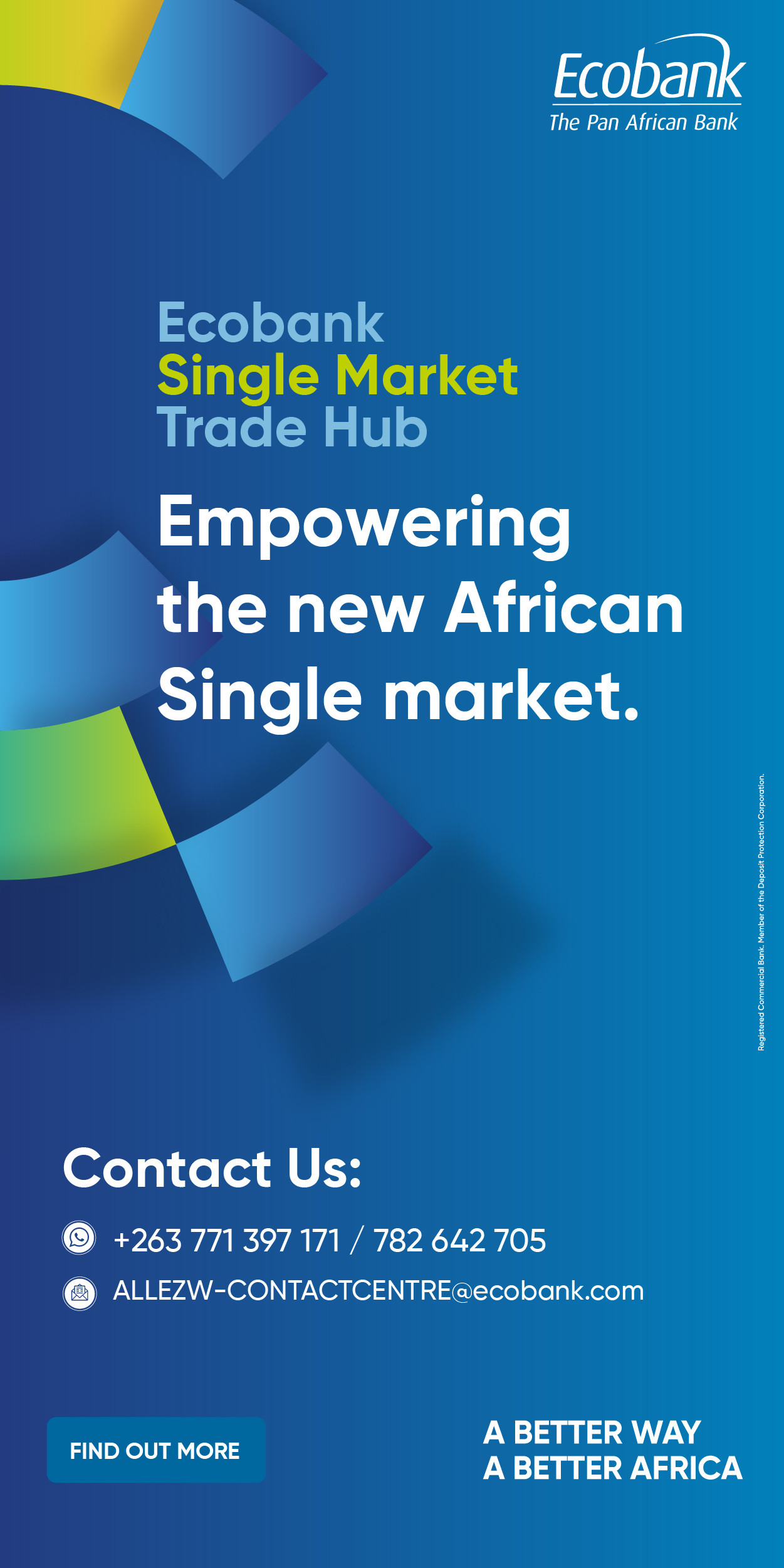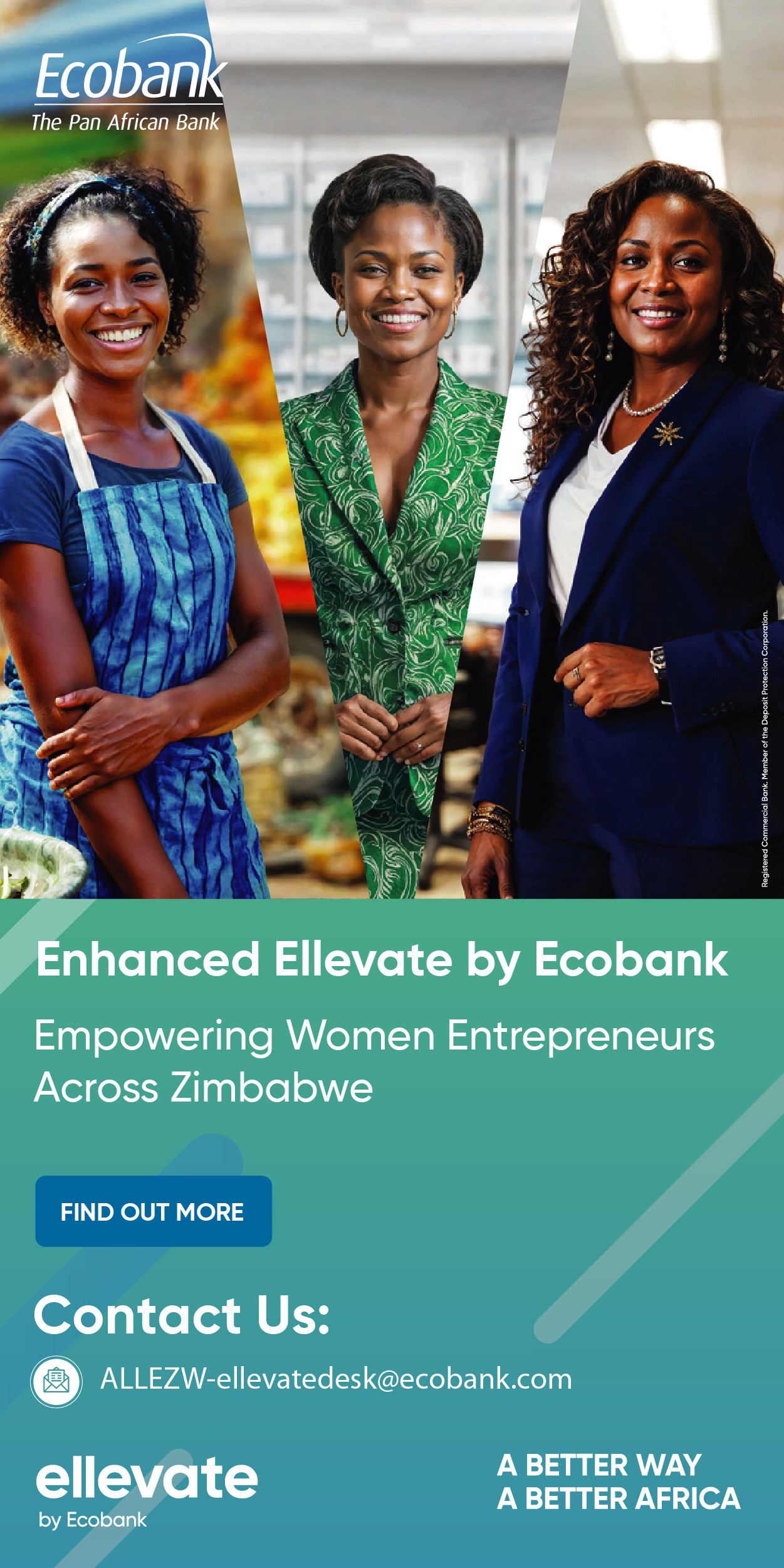- Scrapping the 2% IMMT tax to unlock US$100-200 million in SME liquidity, reduce export competitiveness erosion, and boost GDP growth by 0.5-1% through lower transactional costs
- Strengthening ZiG as sole legal tender by 2030 with enhanced circulation and reserve backing to curb 80-90% dollarisation, stabilise exchange rates, and avoid GDP contraction risks
- Streamlining regulations and infrastructure investments to cut business setup costs, attract US$800 million FDI by 2027, and enforce value addition in minerals
Harare- On October 18, 2025, the ZANU PF Annual National People's Conference in Mutare concluded with a series of resolutions aimed at accelerating Zimbabwe's Vision 2030 agenda of achieving upper-middle-income status. With the party's commanding parliamentary majority, these measures are poised for rapid legislative enactment, potentially reshaping fiscal, monetary, and infrastructural policies. Drawing from the conference's full resolutions, this analysis examines key proposals, including the elimination of the Intermediated Money Transfer Tax (IMMT), regulatory reforms to ease business operations, bolstering the Zimbabwe Gold (ZiG) as the sole legal tender, and additional directives on energy, digital infrastructure, transport, and resource management.
Elimination of the 2% IMMT Tax: Relieving Transactional Friction
Introduced in 2018 by Finance Minister Professor Mthuli Ncube, the IMMT often dubbed the "2% tax" targeted the informal sector, which dominates Zimbabwe's economy (comprising over 60% of activity), by levying a flat rate on electronic transfers via mobile money and banking channels. The rationale was to formalize transactions and broaden the tax base amid hyperinflation's aftermath, generating revenue estimated at ZWG 500 million (about US$20 million) annually in its early years. However, it has disproportionately burdened low-value transfers, exacerbating inequality without effectively bridging the "haves" and "have-nots."
By the end of 2024, the IMMT accounted for 8% of ZIMRA’s total revenue nearly double its mid-year share after Finance Minister Mthuli Ncube doubled the rate on USD transactions from 1% to 2%. Launched in 2018, the tax once contributed 12% of government revenue, playing a pivotal role in narrowing a severe budget deficit at the time. Its share has since declined as USD cash usage has surged. While still a vital funding stream for the Treasury, it remains a significant cost burden for formal businesses already strained by elevated operational expenses.
Every digital payment incurs a 2% penalty, inflating costs for essentials like remittances or supplier payments, while compliant formal entities such as Hippo Valley Estates (a major sugar producer), Delta Corporation (beverages), Zimplow Holdings (heavy equipment), and Econet Wireless (telecoms) face compounded losses on operational cash flows.
The conference resolution to scrap the IMMT aligns with longstanding business advocacy, including calls from exporters like Ariston Holdings and Cafca Limited, who argue it erodes slim margins alongside the 30% export surrender requirement to the Reserve Bank of Zimbabwe (RBZ). In 2024, these firms reported IMMT deductions exceeding US$1 million collectively, rendering exports to SADC neighbours uncompetitive against tariff-free rivals like South Africa. Removal could unlock US$100-200 million in annual liquidity for SMEs, fostering reinvestment in productivity and potentially boosting GDP growth by 0.5-1% through reduced frictional costs, per IMF estimates on similar tax relief in emerging markets.
Fast-Tracking Reforms to Cut Business Regulatory Costs: Dismantling Bureaucratic Barriers
Zimbabwe's regulatory quagmire has long stifled entrepreneurship, with the country frozen at 140th out of 190 in the World Bank's Ease of Doing Business index (last ranked in 2020 before discontinuation). Opening a single retail outlet demands up to 32 licenses across ministries, local councils, and health boards, each mired in red tape delays averaging 90-120 days and costs up to US$5,000.
Western investors, including UK firms, have branded it a "no man's land" due to political risks and opacity, deterring FDI that peaked at US$1.2 billion in 2018 but slumped to US$588 million in 2023. Regionally, Zimbabwe's tax and licensing burdens rank among SADC's top four heaviest, with an effective corporate rate of 25% (plus 157 ancillary fees totaling US$4,000-15,000 annually), outpacing Zambia (35% but fewer levies) and South Africa (28% with streamlined processes).
The resolution to expedite reforms, streamlining licenses to under 10 and digitising approvals echoes the 2018 manifesto but gains urgency post-drought recovery, where agribusiness startups face 40% higher compliance costs than in Mozambique. Success could elevate Zimbabwe 20-30 spots in future business rankings, attracting US$800 million in FDI by 2027, akin to Rwanda's climb from 143rd to 38th via one-stop shops, which doubled manufacturing output. For local firms like Innscor Africa, this might halve setup times, enabling expansion into value-added processing.
Risks include entrenched corruption in licensing bodies, where bribes inflate costs by 20-30%, and uneven implementation favouring politically-aligned entities. Without anti-graft safeguards, reforms could exacerbate inequality, as seen in Tanzania's 2022 digitisation drive, which initially boosted formal registrations by 25% but widened urban-rural divides until inclusive training was added.
Backing the ZiG as Sole Legal Tender: Rebuilding Monetary Sovereignty
Launched in April 2024 as Zimbabwe's sixth post-independence currency, the ZiG backed by nearly US$1 billion in gold and forex reserves marks the most credible attempt at stability since the 2008 hyperinflation nadir (89.7 sextillion percent). Yet, it grapples with a profound confidence deficit: Despite pegging dollarisation at 60%, reality hovers at 80-90%, with informal sectors (90% of transactions) fully USD-reliant and formal ones at 60%.
ZiG notes are scarce for daily needs like fuel (still USD-only at pumps) or medicines, fueling parallel premiums up to 20% and monthly inflation at 0.5% (February-May 2025 average). Historical failures Zimbabwe dollars collapsing amid money-printing have entrenched USD preference, with the economy 90% import-dependent, including basics like maize and fuel.
The resolution mandates ZiG exclusivity for domestic transactions by 2030, enhancing note quality, circulation, and enforceability (fuel payments). With reserves buoyed by 2025's gold rally, this could stabilize exchange rates (currently 26-27 ZiG/USD officially) and curb import bills (US$7 billion annually). Public confidence might rise via mandated supplier arrears clearance (government owes ZWG billions), mirroring Botswana's pula success through reserve mandates, which limited dollarisation to 20% and sustained 4% growth.
Challenges are formidable. Fundamentals for monocurrency, local production and demand creation are absent, with 70% of goods imported. Forcing ZiG acceptance risks panic hoarding, as in 2019's RTGS dollar fiasco, which spiked inflation to 500%. Gradualism, like subsidising ZiG-denominated basics and slashing licensing costs (per above), is essential; otherwise, de-dollarisation could contract GDP by 2-3%, per IMF models.
Investing in Renewable Energy and Promoting Local Solar/Battery Manufacturing: Powering Sustainable Growth
Resolutions direct increased investment in renewables, prioritising local solar panel and battery production to address chronic blackouts (up to 18 hours daily in 2024). Zimbabwe's energy mix is ( was 60% hydro-dependent now 40%), vulnerable to droughts that slashed output 15% last year, costing industry US$1.5 billion in losses.
Opportunities abound. Local manufacturing could create 10,000 jobs and cut import reliance (US$300 million yearly on panels), echoing South Africa's REIPPPP, which generated 5 GW and 50,000 employments. For miners like RioZim, reliable power could boost output 20%, enhancing forex earnings. Drawbacks include upfront costs (US$2 billion needed) amid fiscal strains, and supply-chain gaps; without subsidies, adoption lags, as in Zambia's stalled solar push due to 40% grid losses.
Providing Free Public Wi-Fi via the Universal Services Fund: Bridging the Digital Divide
Allocating Universal Services Fund revenues (from telecom levies) to free public Wi-Fi targets Zimbabwe's 40% internet penetration, vital for e-commerce in a 90% informal economy. Pilots in Harare yielded 25% SME productivity gains, potentially adding ZWG 1 trillion (US$40 million) to GDP via digital marketplaces. However, funding shortfalls (USF at 60% capacity) and cyber risks could strain budgets, similar to Nigeria's 2024 Wi-Fi rollout, which faced 30% overrun from vandalism.
Accelerating Key Infrastructure Projects: Roads, Dams, and Border Posts
Fast-tracking roads, dams (including Gwayi-Shangani), and border efficiency addresses logistics costs, double the SADC average through public-private partnerships. The Beitbridge upgrade has already slashed crossing times, significantly boosting trade. However, servicing US$13 billion in external debt diverts critical funds, risking project delays.
Reviving Rail and Limiting Heavy Trucking: Sustainable Transport Logistics
Rehabilitating National Railways of Zimbabwe (NRZ) handling just 5% of freight versus 30% target and capping truck loads protects roads. A revived Beitbridge-Bulawayo line could slash fuel imports. Yet, NRZ's high debt and vandalism (as in 2023 derailments) demand governance reforms, lest it mirror Zambia Railways' chronic underfunding.
Curbing Export of Unprocessed Raw Materials: Value Addition Imperative
Banning raw exports (lithium, unrefined gold) enforces beneficiation, targeting a 40% export value uplift by 2030. Zimbabwe banned the export of raw lithium, and the country is set to export its value-added lithium by early 2026. In just two months, July and August, Zimbabwe exported unmanufactured gold worth over $800 million, the highest on record.
Reviving value addition could add at least $1 billion in annual earnings. However, this requires policy reforms to support both large-scale and small-scale miners by incentivising mining, easing taxes, removing duties on value-adding equipment, and reducing export surrender portions so that companies can self-invest and import sophisticated machinery needed for value addition. A
ll this is in addition to a stable currency, the ZiG. The government should continue with policies stabilising the ZiG to ensure the full success of the initiative. When the currency crumbles, the entire economy crumbles.
Enforcing Environmental Protection Laws: Balancing Growth and Sustainability
Stricter enforcement against deforestation and pollution safeguards mining's US$5 billion contribution. Fines rose 20% in 2025, deterring illegal gold panning. However, enforcement gaps persist; weak capacity, as in 2024 Zambezi spills, risks investor flight under ESG scrutiny.
In sum, these resolutions signal bold intent but hinge on execution amid fiscal woes and trust deficits. Phased implementation, transparency, and stakeholder buy-in could propel 6.6% GDP growth (IMF 2025 forecast), yet delays risk entrenching stagnation. Zimbabwe's trajectory depends on translating rhetoric into resilient reforms.
Equity Axis News





